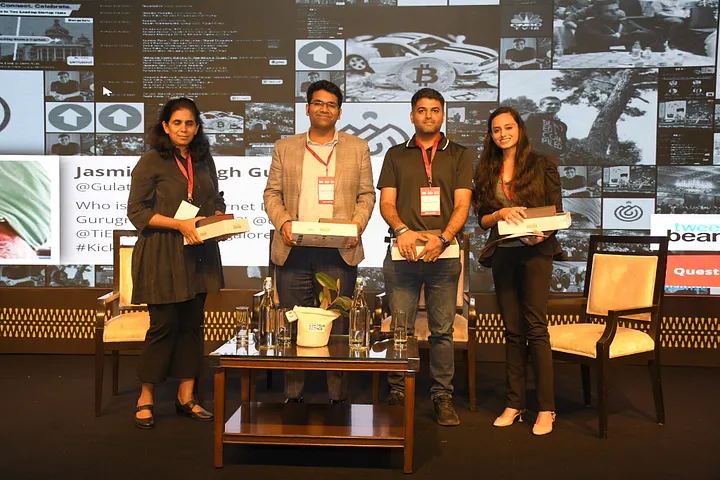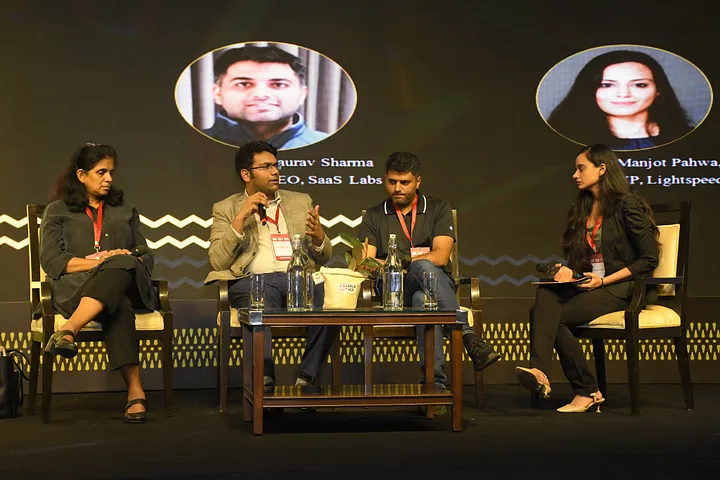
Indian businesses are building for the world. While SaaS leads this trend, we have seen it expand to other businesses as well. At this year’s India Internet Day, which is put together by TiE, I had the opportunity to moderate a session on “India for the World — SaaS and Beyond”.
The panellists were an impressive lot — Pepper Content CEO Anirudh Singla, early-stage VC fund Ankur Capital Managing Partner Ritu Verma, and SaaS Labs CEO Gaurav Sharma. With a packed hall and an engaged audience, it was an immersive conversation with some great takeaways.
How to build a lasting global company in India?
For Ritu, finding product-market fit (PMF) locally first and then scaling for global markets is key. Gaurav believes PMF is understanding and working according to the market context. Anirudh says the PMF for each geography is different. Something he has learnt from witnessing Pepper’s journey across multiple geographies.
What is the India advantage?
For Pepper, it is the cost arbitrage for freelancers from India. Anirudh likens it to the IT boom, except that technology is enabling opportunities for professionals. It is not the same for SaaS Labs, which found better quality engineers through an acquisition in Poland at costs similar to India. For Gaurav, the India advantage is the aspirational nature of people here, coupled with hard work. According to Ritu, India gives companies a sandbox to innovate. Along with the hunger and hustle of founders wanting to go big and build big.

How to accelerate the movement?
A key component impeding the fast growth of startups in India, according to Gaurav, is SaaS companies not buying from each other enough. For Anirudh, it is creating a system where everyone in the organisation learns how to build the business, instead of just the top brass engaging with the top talent.
What has the downturn’s effect been on businesses?
Ritu says the investing thesis remains sound and the same. There is some tightening of budgets, but she hasn’t yet seen a lack of capital. “It just means that the money is asking for something different from what it did for the past two years,” she explains. The downturn hasn’t affected business for Pepper. Customers like the flexibility a content marketplace gives them in terms of not making fixed hires, according to Anirudh.
Which sectors are primed for this India going global movement?
Outside of SaaS, all the panellists had different views. And interesting ones. For Anirudh, it is Martech (Marketing tech). In Gaurav’s view, the sectors are DevOps, security and compliance tools, and application programming interface (API)-based tools.
What are the challenges startups face while building in India for the globe?
It’s a mix of product marketing and positioning the business for Gaurav, while Anirudh thinks it is finding the right customer profile for your business and providing a solution that works for them. Ritu, like Anirudh, believes that even within India, different cities have different requirements for selling. So understanding fundamentals and market expectations are important.
With India being at the very cusp of becoming a major global player, this is an important time to have conversations such as this one. We, at Lightspeed, have always believed in India building for the world. If there is one thing this session proved, it is this. Despite changes in market cycles, the India growth story remains intact and one to watch out for.
Authors


